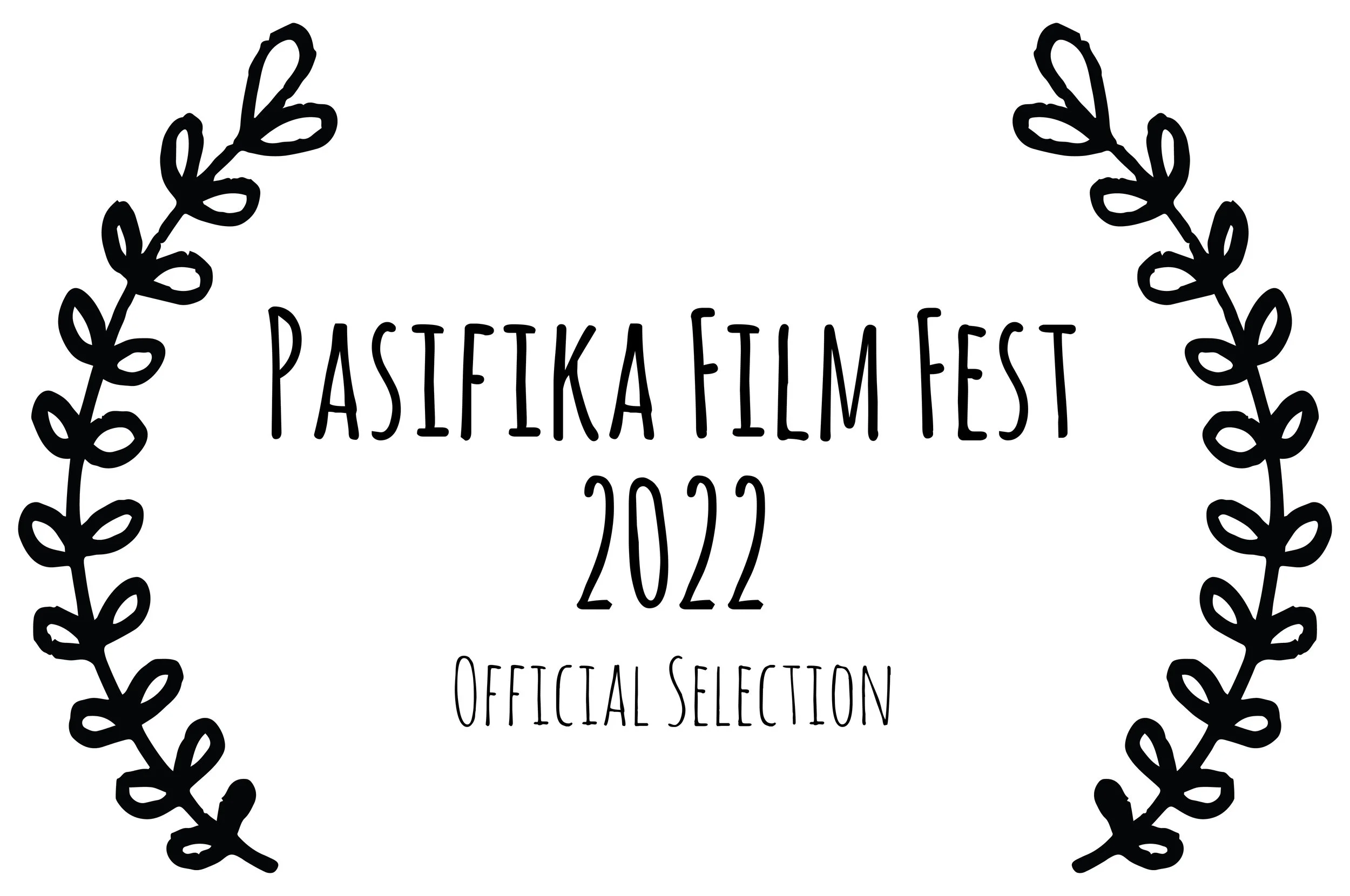Crossing Spaces
The docuseries provides a rare look into the lives of Micronesian women living in the diaspora. Chimako, Nanette, and Yoana navigate the challenges of building new lives as immigrants to Hawaiʻi and pursuing higher education. For Missy, it’s safeguarding and passing on the traditions of her grandmothers. But for all women, the desire to maintain intimate connections to their Pacific Island homes some 3,000 miles away remains strong.
Marshall Islands to Hawaiʻi
Compared to her friends at Brigham Young University Hawaiʻi, freshman Chimako Anitok is faced with many roles as a daughter living in a Marshallese household.
Chuuk FSM to Hawaiʻi
Inspired by her grandfather who influenced her faith in God and encouraged her to go to school, Nanette Fritz is determined to become a teacher, support other single mothers, and graduate from Kapiʻolani Community College.
Pohnpei FSM to Hawaiʻi
In her 50s, mother, grandmother, and worker Yoana Amond completed her associate’s degree from Kapiʻiolani Community College, all the while serving as a full-time volunteer and a leader in her community.
Graphic illustrations by Kasey Kawaguchi
Guam to California
A Chamorro family from Guam keeps their culture and language alive at their home in California. Through their annual Nobenan Niñu Jesus celebration, led by Missy, the family pass down the faith, food and traditions of their grandmothers to a new generation.
What Academic Reviewers Are Saying
“Bautista offers a rare glimpse into the complex realities and challenges of an ethnic group that remains largely stigmatized and misunderstood in Hawai‘i. In doing so, she illuminates gender paradoxes and unfolds compelling narratives of racism, poverty, and gender expectations that the women experience. […] To conclude, Bautista touches on the complexities of the cultural roles and identities of Micronesian women as both empowering and restrictive. However, the women’s stories and voices offer a profound outlook as they creatively cross spaces and mesh these complexities in order to transform their lives, families, and Island communities through higher education, all without forgetting who they are.”
— The Contemporary Pacific Journal








